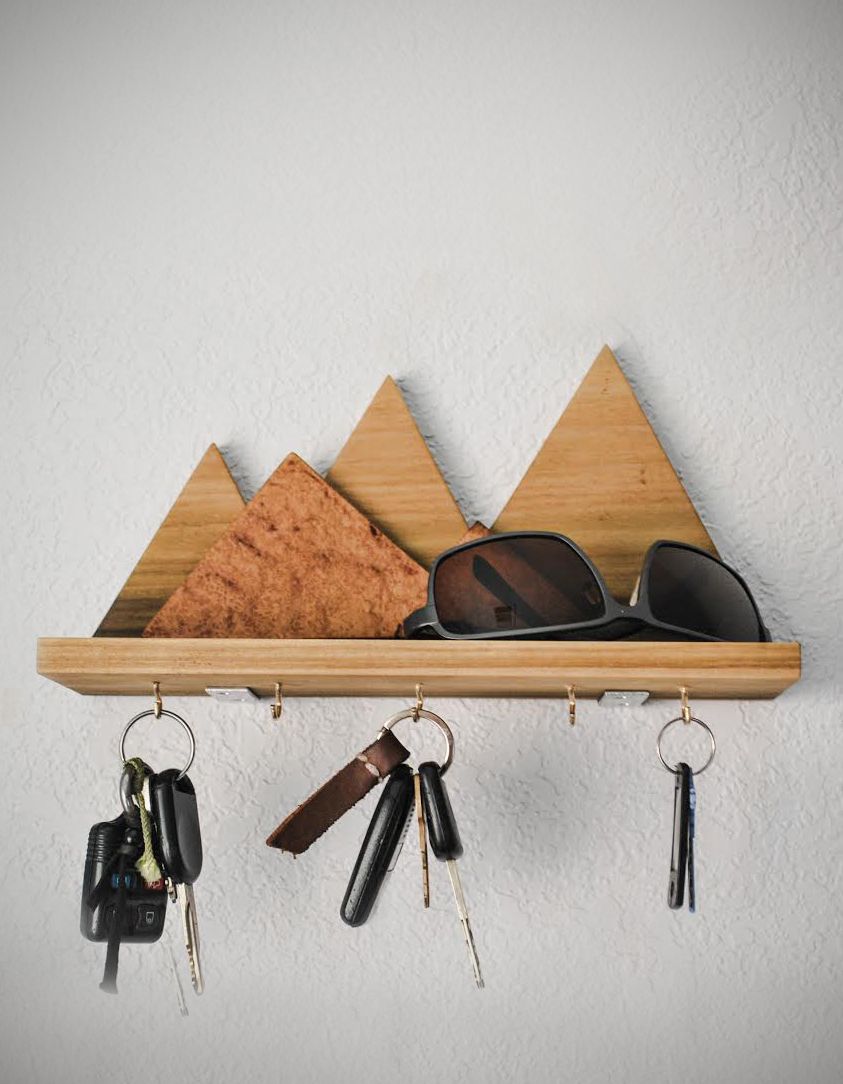DIY Shelf Woodworking Plans: Smart Storage with Style
Hey there, fellow DIY enthusiasts! Are you staring at a blank wall, dreaming of stylish and functional storage? Or maybe you're drowning in clutter and need a clever solution? Well, grab your tools because we're diving into the wonderfully satisfying world of building your own shelves! This isn't about some flimsy, particle-board affair – we're talking about crafting sturdy, beautiful shelves that will become a proud part of your home. And the best part? It's totally achievable, even if you're a beginner woodworker.
Choosing Your Shelf Style: From Rustic Charm to Modern Minimalism
Before we get our hands dirty (literally!), let's talk style. The beauty of DIY is the complete customization. What kind of vibe are you going for?
Rustic Shelves:
Think reclaimed wood, visible knots, and a slightly weathered finish. These shelves exude warmth and character. Consider using rough-sawn lumber or even repurposed pallets (just make sure they're properly cleaned and treated!). A simple, slightly uneven finish will enhance the rustic appeal.
Modern Minimalist Shelves:
Clean lines, sleek materials, and a minimalist aesthetic are key here. Opt for smooth, straight-edged boards in a light-colored wood like maple or birch. A clear coat finish will showcase the natural beauty of the wood. Floating shelves are a fantastic choice for this style.
Farmhouse Shelves:
Combine the warmth of rustic with a touch of elegance. Think painted wood (a crisp white or a soft pastel), decorative brackets, and perhaps even some subtle distressing. Farmhouse shelves often incorporate a mix of materials, like wood and metal.
Industrial Shelves:
Embrace exposed metal, raw wood, and a slightly utilitarian look. Pipe fittings, metal brackets, and darker stained wood are common elements. This style works wonderfully in basements, garages, or even a modern living space.
Planning Your Project: Measurements and Materials
Now for the nitty-gritty. Accurate measurements are crucial for a successful project.
Measuring Your Space:
Grab your measuring tape and carefully determine the dimensions of the wall space where your shelves will go. Consider the width, height, and depth you want your shelves to be. Remember to account for the thickness of the wood and any brackets you'll be using.
Choosing Your Wood:
The type of wood you choose will impact both the look and the strength of your shelves. Pine is a popular choice due to its affordability and ease of workability. Hardwoods like oak or maple are more durable but can be more challenging to work with. Consider your budget and skill level when making this decision.
Gathering Your Tools and Materials:
You'll likely need:
- Wood (cut to your desired dimensions)
- Measuring tape
- Saw (circular saw or miter saw recommended)
- Drill
- Screws
- Sandpaper (various grits)
- Wood glue
- Clamps
- Wood finish (stain, paint, or sealant)
- Level
- Safety glasses
- Ear protection (if using power tools)
- Optional: Shelf brackets, wood filler
Building Your Shelves: A Step-by-Step Guide
Let's assume we're building simple, floating shelves for this example. The process can be adapted for other shelf styles.
Cutting the Wood:
Carefully cut your wood to the desired dimensions using your saw. Make sure your cuts are straight and accurate. This is where a miter saw really shines!
Sanding:
Sand all surfaces of your wood using sandpaper, starting with a coarser grit and gradually moving to a finer grit. This will create a smooth, even surface for your finish.
Applying Finish:
Apply your chosen finish according to the manufacturer's instructions. This could be stain, paint, or a clear sealant. Allow ample drying time between coats.
Installing the Shelves:
For floating shelves, you'll need to use appropriate wall anchors. Find studs whenever possible for the most secure mounting. Pre-drill pilot holes to prevent the wood from splitting. Secure the shelves to the wall using screws. Use a level to ensure your shelves are perfectly straight.
Finishing Touches and Personalization
Once your shelves are securely mounted, it's time for the fun part: personalization! Here are some ideas:
- Add decorative brackets for extra visual interest.
- Incorporate lighting (LED strip lights work great!).
- Use different wood species for a contrasting look.
- Add a decorative backsplash.
- Paint or stencil a design onto the shelves.
Commonly Asked Questions
Q: What kind of wood is best for DIY shelves?
A: Pine is a popular and affordable choice for beginners. Hardwoods like oak or maple are more durable but can be more expensive and challenging to work with.
Q: How do I ensure my shelves are level?
A: Use a level throughout the installation process. Check the levelness of the brackets before attaching the shelves and again after the shelves are mounted.
Q: What type of screws should I use?
A: Use screws appropriate for your wood type and wall material. Pre-drilling pilot holes will prevent the wood from splitting.
Q: What if I don't have a lot of woodworking experience?
A: Start with a simple design and take your time. There are plenty of online resources and tutorials to help you along the way. Don't be afraid to ask for help from a more experienced woodworker.
Q: Can I build shelves without brackets?
A: Yes, floating shelves are a popular option that doesn't require brackets, but they require more precise installation and secure wall anchors.
There you have it! Building your own shelves is a rewarding project that will enhance your home and give you a huge sense of accomplishment. Remember to prioritize safety and take your time – the end result will be well worth the effort. Happy building!

















